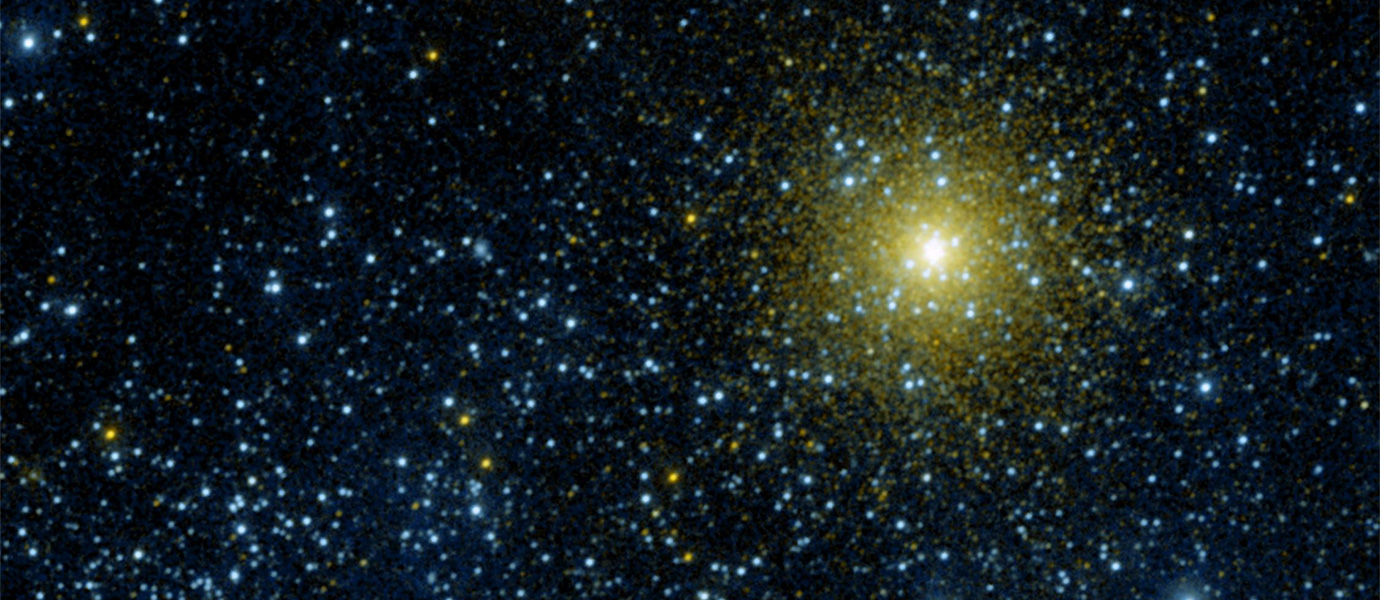ABOUT
Charles Hayden Planetarium
Housed inside the Museum of Science, the Charles Hayden Planetarium is the most technologically advanced digital theater in New England! There are shows playing all day, as well as innovative and immersive music offerings on Friday and Saturday evenings. Astronomy enthusiasts should participate in seasonal Friday evening astronomy activities that include stargazing sky-permitting.
contact info
Hrs: Showings vary
HELPFUL LESSON PLAN(S)
Prepared by FieldTripDirectory.com
Planetarium Lesson Plan
FUN FACTS
Earth has more exposed water than land. Three quarters of the Earth is covered by water! The earth has one moon.
Venus is the brightest planet in our sky and can sometimes be seen with the naked eye if you know where to look. It is the solar system’s brightest planet — yellow clouds of sulfuric acid reflect the sun’s light.
Jupiter is so big that you could fit all the other planets in the solar system inside it.
Pluto is no longer considered a planet — instead, astronomers call it a dwarf planet or planetoid.
View Lesson Plan>>ABOUT
Charles Hayden Planetarium
Housed inside the Museum of Science, the Charles Hayden Planetarium is the most technologically advanced digital theater in New England! There are shows playing all day, as well as innovative and immersive music offerings on Friday and Saturday evenings. Astronomy enthusiasts should participate in seasonal Friday evening astronomy activities that include stargazing sky-permitting.
contact info
Hrs: Showings vary
HELPFUL LESSON PLAN(S)
Prepared by FieldTripDirectory.com
Planetarium Lesson Plan
FUN FACTS
Earth has more exposed water than land. Three quarters of the Earth is covered by water! The earth has one moon.
Venus is the brightest planet in our sky and can sometimes be seen with the naked eye if you know where to look. It is the solar system’s brightest planet — yellow clouds of sulfuric acid reflect the sun’s light.
Jupiter is so big that you could fit all the other planets in the solar system inside it.
Pluto is no longer considered a planet — instead, astronomers call it a dwarf planet or planetoid.
View Lesson Plan>>ABOUT
Charles Hayden Planetarium
Housed inside the Museum of Science, the Charles Hayden Planetarium is the most technologically advanced digital theater in New England! There are shows playing all day, as well as innovative and immersive music offerings on Friday and Saturday evenings. Astronomy enthusiasts should participate in seasonal Friday evening astronomy activities that include stargazing sky-permitting.
contact info
Hrs: Showings vary
HELPFUL LESSON PLAN(S)
Prepared by FieldTripDirectory.com
Planetarium Lesson Plan
FUN FACTS
Earth has more exposed water than land. Three quarters of the Earth is covered by water! The earth has one moon.
Venus is the brightest planet in our sky and can sometimes be seen with the naked eye if you know where to look. It is the solar system’s brightest planet — yellow clouds of sulfuric acid reflect the sun’s light.
Jupiter is so big that you could fit all the other planets in the solar system inside it.
Pluto is no longer considered a planet — instead, astronomers call it a dwarf planet or planetoid.
View Lesson Plan>>ABOUT
Charles Hayden Planetarium
Housed inside the Museum of Science, the Charles Hayden Planetarium is the most technologically advanced digital theater in New England! There are shows playing all day, as well as innovative and immersive music offerings on Friday and Saturday evenings. Astronomy enthusiasts should participate in seasonal Friday evening astronomy activities that include stargazing sky-permitting.
contact info
Hrs: Showings vary
HELPFUL LESSON PLAN(S)
Prepared by FieldTripDirectory.com
Planetarium Lesson Plan
FUN FACTS
Earth has more exposed water than land. Three quarters of the Earth is covered by water! The earth has one moon.
Venus is the brightest planet in our sky and can sometimes be seen with the naked eye if you know where to look. It is the solar system’s brightest planet — yellow clouds of sulfuric acid reflect the sun’s light.
Jupiter is so big that you could fit all the other planets in the solar system inside it.
Pluto is no longer considered a planet — instead, astronomers call it a dwarf planet or planetoid.
View Lesson Plan>>
